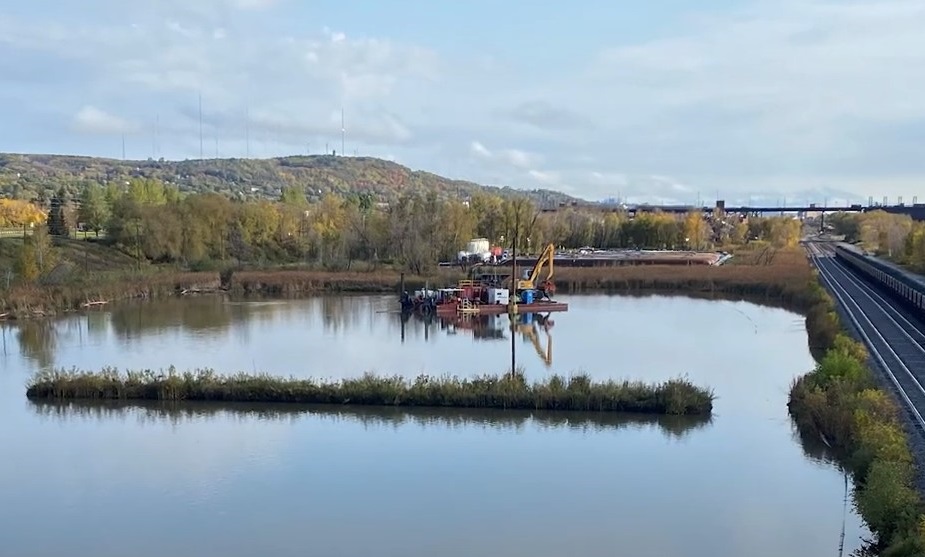Treatability testing uses bench-scale demonstrations and analysis to determine if a material can be effectively treated with a specific chemical or process. At Nelosca, we use treatability testing to develop sound technical approaches for dredged material dewatering, in situ or dewatered dredged material stabilization, and water treatment.
Treatability data can be used to price a job more accurately and find cost savings for our clients. Treatability testing allows us to select chemical and mechanical processes for treatment and evaluate less costly alternatives. Here's how we do it.









